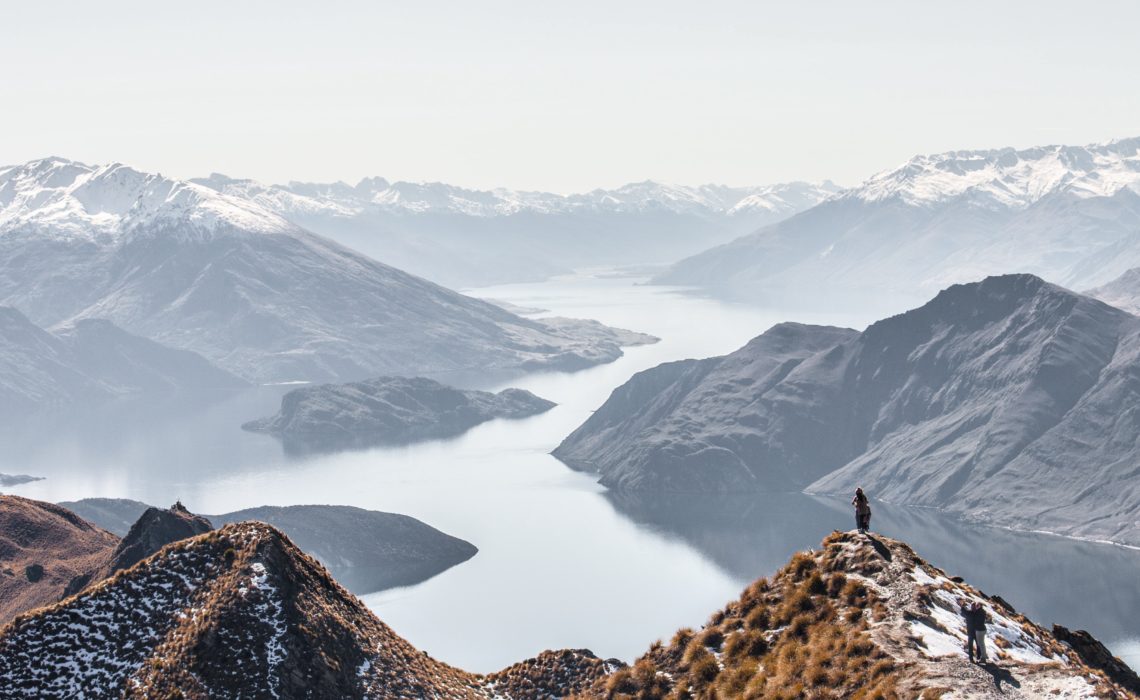
You might also like:
Remember that time we all had to stay at home because of a global pandemic?
After weeks of hunkering down at home and overseas winter escapes now off the cards, many Kiwis are looking to head off the beaten track and tick off a few hot spots on their New Zealand bucket list.
And so we should.
New Zealand is a world-class destination. Tourists come here to hike our national parks, to bike our trails, to swim and kayak our seas, to ski our mountains and generally spend a lot of money on the experiences that many New Zealanders tend to take for granted.
Now it’s our turn to get in on the action the rest of the world desires.
And while it’s our own country, and we might like to assume we know it better than any foreigner, statistics suggest our gung-ho DIY attitudes to our great outdoors are putting us at risk.
In a Mountain Safety Council report published in July 2018, figures revealed 68 per cent of trampers involved in search-and-rescue missions were New Zealanders, not foreigners. Of the 57 trampers who died in the 10 years to 2017, 32 were Kiwis.
The important takeaway from that report: proper planning is key to reducing those incidents.
Here’s how to keep safe while travelling New Zealand.
Use a trip planning tool
Prior to lockdown, we were still enjoying daylight saving and the mild late-summer days. After a couple of months of staying mostly inside, our introduction into the cooler months of the year has been a bit more abrupt. Now the nights are cold, the days are shorter and weather systems are less predictable.
The Mountain Safety Council has a trip planning tool on its website – mountainsafety.org.nz/plan-my-trip – which helps inform you of what you need to consider for whatever activity you might be doing: day walks, backcountry snowsports, mountain biking, hunting, multi-day hikes and mountaineering.
Don’t be too proud or cocky to ask for advice or help. Make the most of local knowledge and expertise by asking the staff in DOC information visitor centres or those working in outdoor retail shops for advice.
Check your fitness
Not all of us have kept up on-demand fitness classes or live streams during lockdown.
For some of us, the most amount of exercise in recent weeks might have been a few laps around the neighbourhood, leaving our legs a little softer and our pants a little tighter.
Check your own fitness levels, and also that of the people you are travelling with, and work within your current limits, not the limits you might have had at the start of the year after an active summer.
Don’t let the sun chase you down
Always take extra warm layers, regardless of how short a walk or activity might be. Carry a head torch everywhere, and hit the road or the tracks early in the day so you can finish early before darkness falls. At this time of year, once the sun has gone down, the temperatures drop dramatically.
If you’re from the North Island and have never travelled to the South Island, prepare yourself for the alpine climate and mountainous terrain. It’s a different type of cold to the north, and it catches a lot of people out.
Don’t forget about social distancing
If you’re planning on staying in communal accommodation on your trip such as a DOC hut, don’t forget about social distancing rules. There’s much less capacity in many huts around the country now and you won’t be able to cram in on the floor like you might have been able to in the past. Take a tent with you as a backup option if there’s no room.
Keep social distancing front of mind in all communal spaces such as ski lodges and motor camps, which have shared kitchen, dining and bathroom spaces.
Be clean and considerate
Coronavirus isn’t the only bug that can spread. The last thing anyone wants on their holiday is to be a hit by some kind of gastro bug while exploring the outdoors. A norovirus outbreak spread through the Nelson Lakes National Park in 2017, ruining dozens of trampers’ trips.
You know the rules of 2020 – if you’re sick, stay home.
Don’t forget to bring your own cleaning equipment and hand sanitiser with you and make sure surfaces and equipment are wiped clean before and after every use.
Keep nature safe
Look after yourself, look after New Zealand.
Plastic pollution, kauri dieback and the invasive algae didymo are still major environmental concerns. Make use of the shoe-cleaning stations at the entrance and exits of parks to ensure you’re not treading in diseases which can affect our beautiful native plants.
Didymo is spread by humans moving items between waterways, so keep equipment and boats in one waterway where possible.
Regardless of where you might be travelling to in New Zealand, be sure that anything you carry into an area comes back out with you. The number one rule of protecting our environment – take only photos, leave only footprints.
Source: nzherald.co.nz
